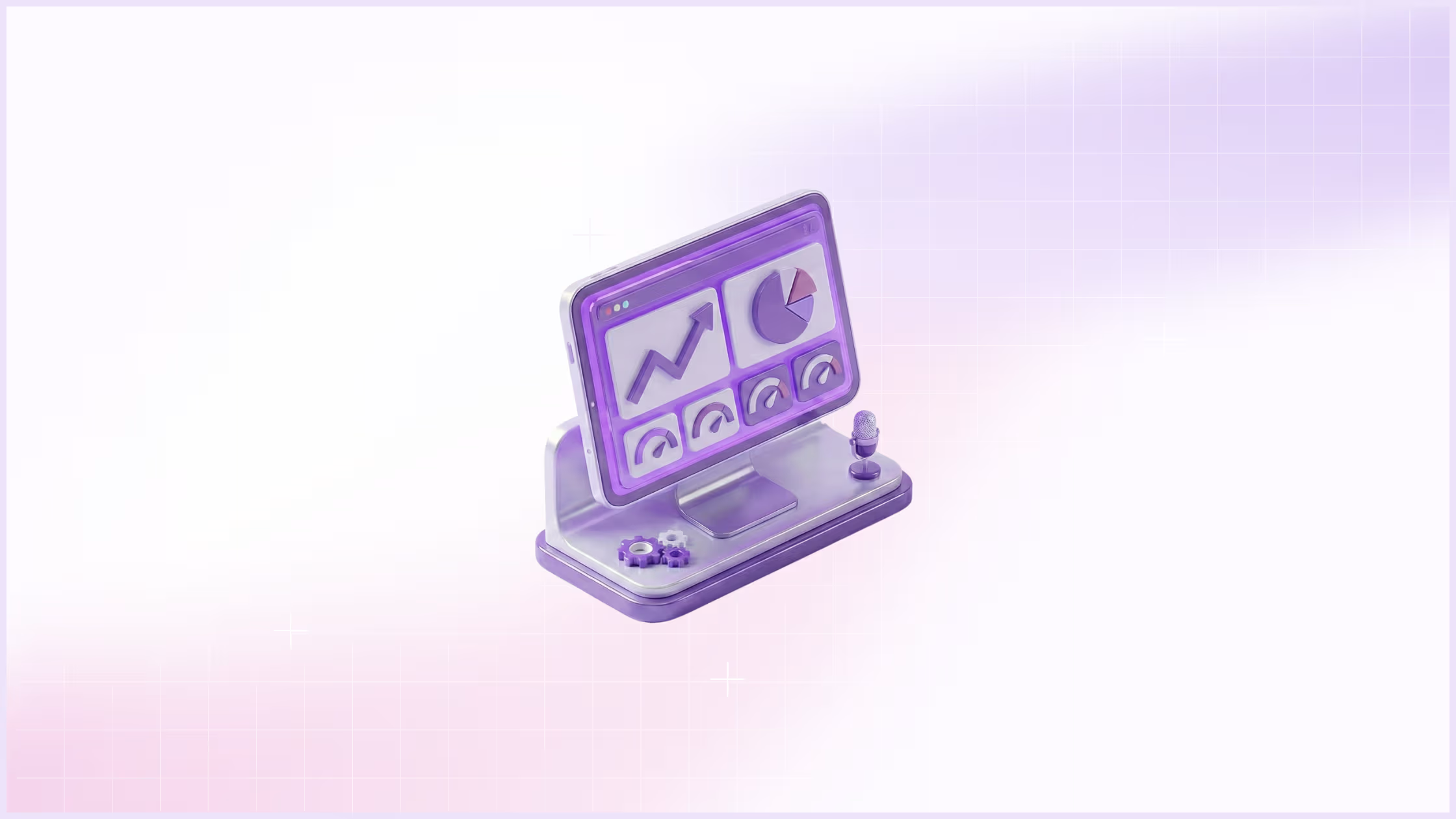Your sales teams are probably using a lot of applications. One for making cold calls, one for sending outreach, another one that helps your team with conversational intelligence, and the list goes on and on. Implementing different tools for specific sales use cases may sound great on paper, but actually, it leads to chaos. Some of the negative effects of using too many tools include more overhead costs, the spread of misinformation, and an inefficient sales process.
Instead of simplifying your sales teams’ lives, these tools become a burden.
In this blog, we’ll discuss how to tell if your team is using too many tools, and what these tools are really costing you. We’ll also help you identify ways to consolidate your tools and enhance your overall sales process.
Your tools may cost you more than just their subscription fees
66% of sales reps say they’re drowning in tools. Despite their intent to boost productivity, an excess number of sales tools can slow down operations and team success. The hidden costs (beyond $$$) associated with adding more tools can create a dysfunctional environment for your team.
Onboarding costs
The more tools your sales teams use, the longer it takes to onboard new hires. Here’s why: learning to use and navigate these tools stretches out training time. Instead of understanding the product, getting to know the target market, and planning out strategies, newbies are stuck trying to master different applications.
Collaboration costs
Disconnected tools lead to data silos, which in turn leads to inconsistencies. Miscommunication and duplicated work become prevalent as teams need help to integrate disparate systems. Ultimately, these collaboration costs hinder effective decision-making, prolong the sales cycle, and undermine a cohesive customer experience.
Productivity costs
A study by Harvard Business Review discovered that employees shifted from one application to another approximately 1,200 times daily, resulting in nearly four hours each week. Frequent screen switching disrupts workflows, with reps navigating 5-6 windows per task. Managing unstructured information pulls the focus away from the primary goal: converting prospects into customers.
Revenue costs
Multiple apps could increase your reliance on customer support teams due to the frequent technical glitches and increased resolution times. With more hiccups in the process and fragmented workflows, your team's overall sales performance can be negatively impacted. This, in turn, could make your revenue goals unachievable.
Tip: Speak to your sales team and ask them for their feedback. What features are they using? What features are pointless? In a sheet, you can include your team’s feedback, the monthly application cost, and the training time for each tool for a good comparison. Discard expensive or single-feature tools if they don't offer proportional value.
Here’s how consolidating tools can boost your team's efficiency
In today's fast-paced business environment, refining your sales team’s daily activities is more crucial than ever. Consolidating your digital tools can significantly enhance productivity, acting as a great catalyst for success.
- Establish a centralized knowledge hub: Invest in an AI-first internal knowledge discovery and response generation platform. These tools seamlessly integrate with your team’s existing content management applications, streamlining knowledge consolidation to ensure information is easily searchable and accessible for swift response generation.
- Prioritize flexibility: Focus on platforms that offer customizable features tailored to your needs and budget, such as upgrades, downgrades, or purchasing additional seats. Choose apps that will ideally scale with your teams.
- Evaluate tools on connectivity: Use tools that give you access to their APIs and Webhooks wherever applicable. That way you can seamlessly integrate several applications, maintain uniformity in data, and reduce continuous screen switching.
- Ensure regular assessments: Evaluate the tools regularly and identify bottlenecks if any. Check whether the tool is helping you save time, or if it’s adding more disorder to your workflow. Understand if you must optimize it further or let go of the application.
Reducing the number of sales tools can help you win deals faster
By simplifying your sales toolkit you improve your team’s focus and agility. Minimizing tools allows your sales reps to dedicate more time to closing deals, leading to a smoother and more optimized sales process.
- Shorter training cycles: By consolidating your sales tech stack to just those tools you require, new sales hires can now quickly familiarize themselves with the tools, thus leading to a faster onboarding process. This enables them to be out in the field in no time.
- Revenue focus: Watch your team effortlessly achieve their revenue numbers, as they can now dedicate more time and energy to building strong relationships or speaking to prospects. Unleash the full potential of your sales force by eliminating unnecessary tools that clutter their workflow.
- Single source of truth: With most of the information stored under one platform and complete integrations, your team gets access to real-time data free from discrepancies. This allows your sales reps and account executives to make quicker decisions.
- Stronger collaboration: With fewer apps, team members can easily collaborate and communicate with each other without losing the conversational flow. This only brings out a stronger team dynamic.
While letting go of tools may be challenging, it’s crucial to maintain your team's efficiency without compromise. Consolidating your sales stack helps your team prioritize what they love doing the most - speaking to prospects, and bringing home a win.









![Ultimate guide to sales presentations [2026 playbook]](https://cdn.prod.website-files.com/66a713116e82ebbeef43b9d5/6926b28d73b0f2c97cf31b4f_sales%20presentation.avif)
